Sixteen modern (and a few timeless) games that turn failure into a feature—and mastery into pure dopamine.
If you’ve ever felt a game reaching through the screen to demand better timing, sharper reads, and cooler nerves, you already know the difference between “hard” and “hard but brilliant.” The titles below are famous not just for bruising difficulty, but for the clarity of their rules, the fairness of their tests, and the fireworks when your practice finally clicks. We leaned toward recent standouts and broad recognition, while making room for a couple of stone-cold classics whose reputations still loom over everything released since.
Below, we climb—from “punishing” to “legendary”—ending with the most celebrated heavyweights. Each entry lists the title, original release year, developer, and a ~160‑word snapshot of what makes its challenge so compelling.
16) Ghostrunner (2020)
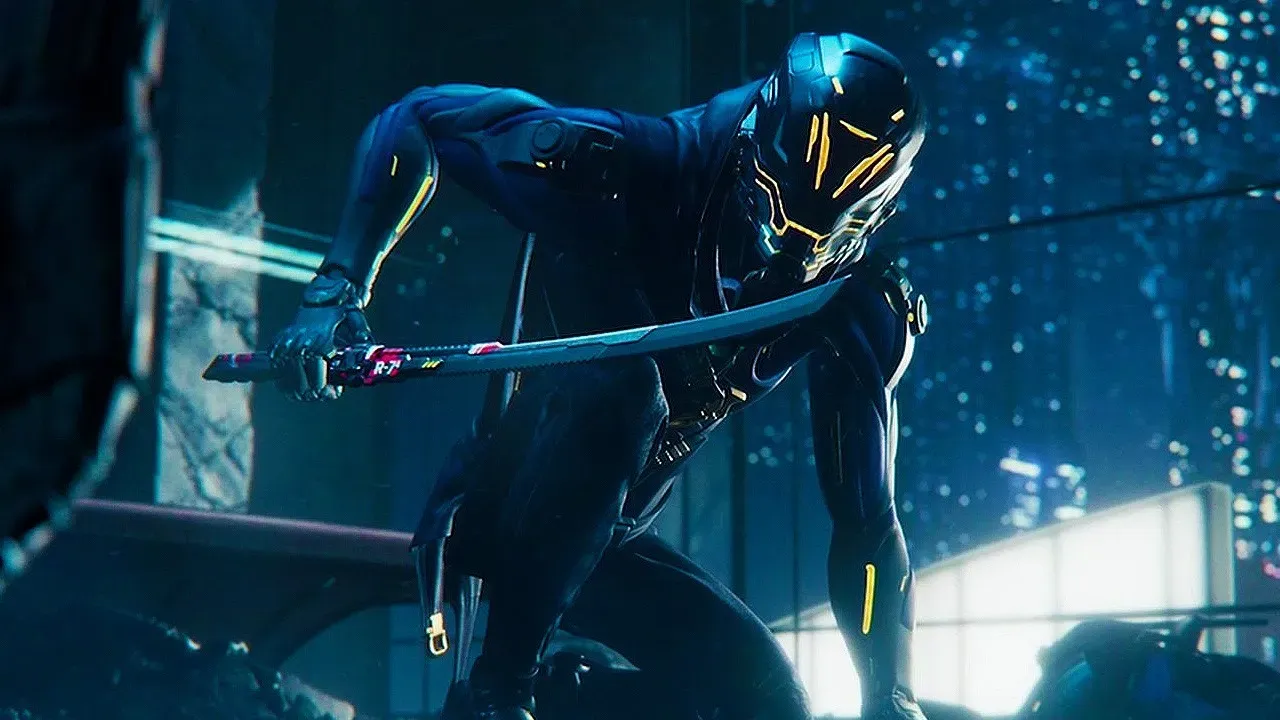
A wall-running, one-hit‑kill gauntlet, Ghostrunner is the distilled essence of “die, learn, perfect.” Every room is a miniature obstacle course: sprint, slide, grapple, deflect, dash—a sword flick in the middle—then string it all together without a single mistake. The rules are simple and brutal: foes die in one slash, but so do you. It’s not about tanking through; it’s about reading sightlines, sequencing movement tech, and iterating until the route becomes muscle memory. Success is punctuated by stylish slow‑mo that acknowledges your clean clear, and the game’s short levels encourage the “one more run” loop that devours evenings. Checkpoints are generous, restarts are instant, and the moveset is just deep enough to let you improvise fresh solutions when the “intended” line won’t stick. It’s the perfect modern answer to the classic “hard but fair” platformer—only this time you’re sprinting on skyscraper glass with a katana.
15) Getting Over It with Bennett Foddy (2017)
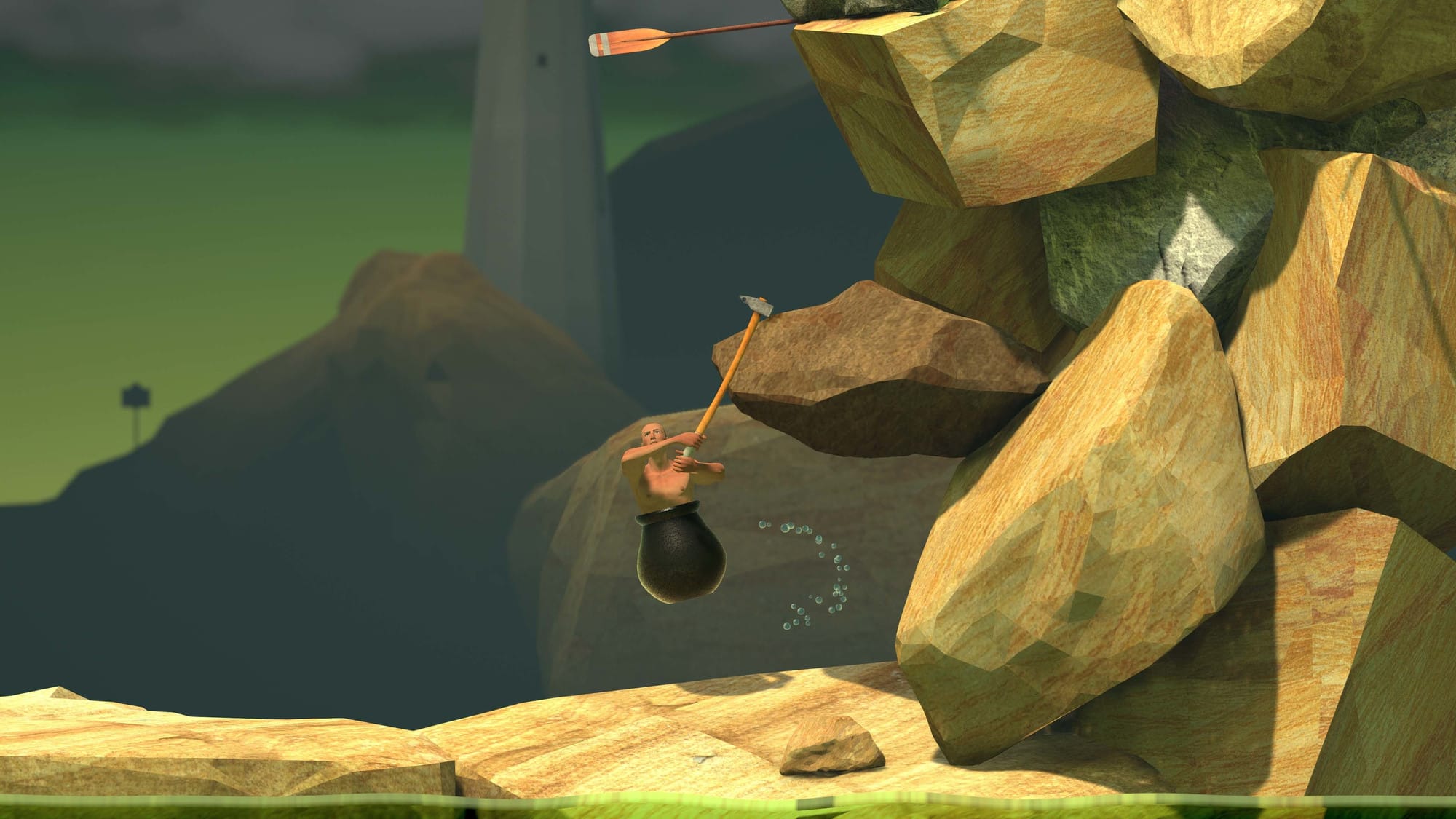
There’s no combat, no enemies—just you, a hammer, a cauldron, and a mountain built to break your spirit. Getting Over It turns mouse precision into an existential trial, asking you to master odd physics and esoteric leverage to clamber over furniture, pipes, ice, and the game’s narrator’s withering commentary. Its most savage trick is psychological: small successes raise your heart rate, but a single slip can erase 30 minutes of progress. That volatility is the point—failure teaches more than any tutorial could, and eventual mastery feels like a personal revelation. The controls never change; your understanding does. If you crave pure, skill‑only challenge with no safety nets, this is the definitive modern “rage game”—and a surprisingly reflective one at that. As the store page admits, it’s “a punishing climbing game…for a certain kind of person,” and if that’s you, the summit is unforgettable.
14) Darkest Dungeon (2016)
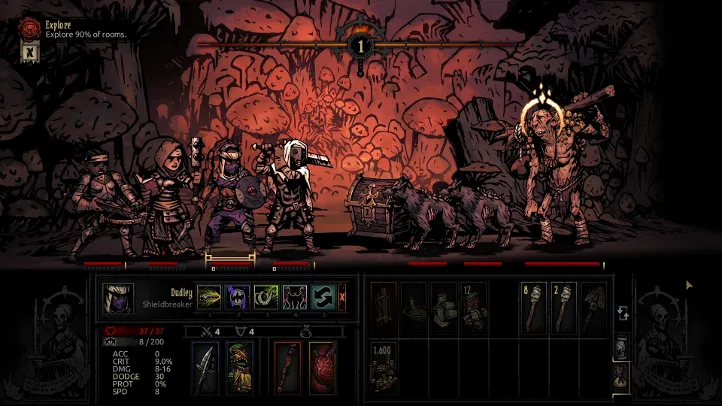
Few strategy RPGs punish bad planning like Darkest Dungeon. Dungeons sap torchlight and morale as much as HP; adventurers accrue stress, phobias, and diseases that persist between runs and compound your risk. Managing a hamlet full of broken heroes becomes as harrowing as any boss fight, and permadeath swallows your favorites without ceremony. Success depends on smart party composition, scouting, torch management, and the humility to abandon expeditions before disaster snowballs. There’s grinding, sure, but no cheese: poor decisions accumulate like debt, and the interest rate is cruel. It’s a masterclass in “misery systems” design—every meter and status tells a story, and every success is paid for in scars. If you’ve ever wanted a tactics game where the toughest enemy is mounting dread, this is it. Red Hook’s own description says it best: a “challenging gothic roguelike…about the psychological stresses of adventuring.”
13) Sifu (2022)
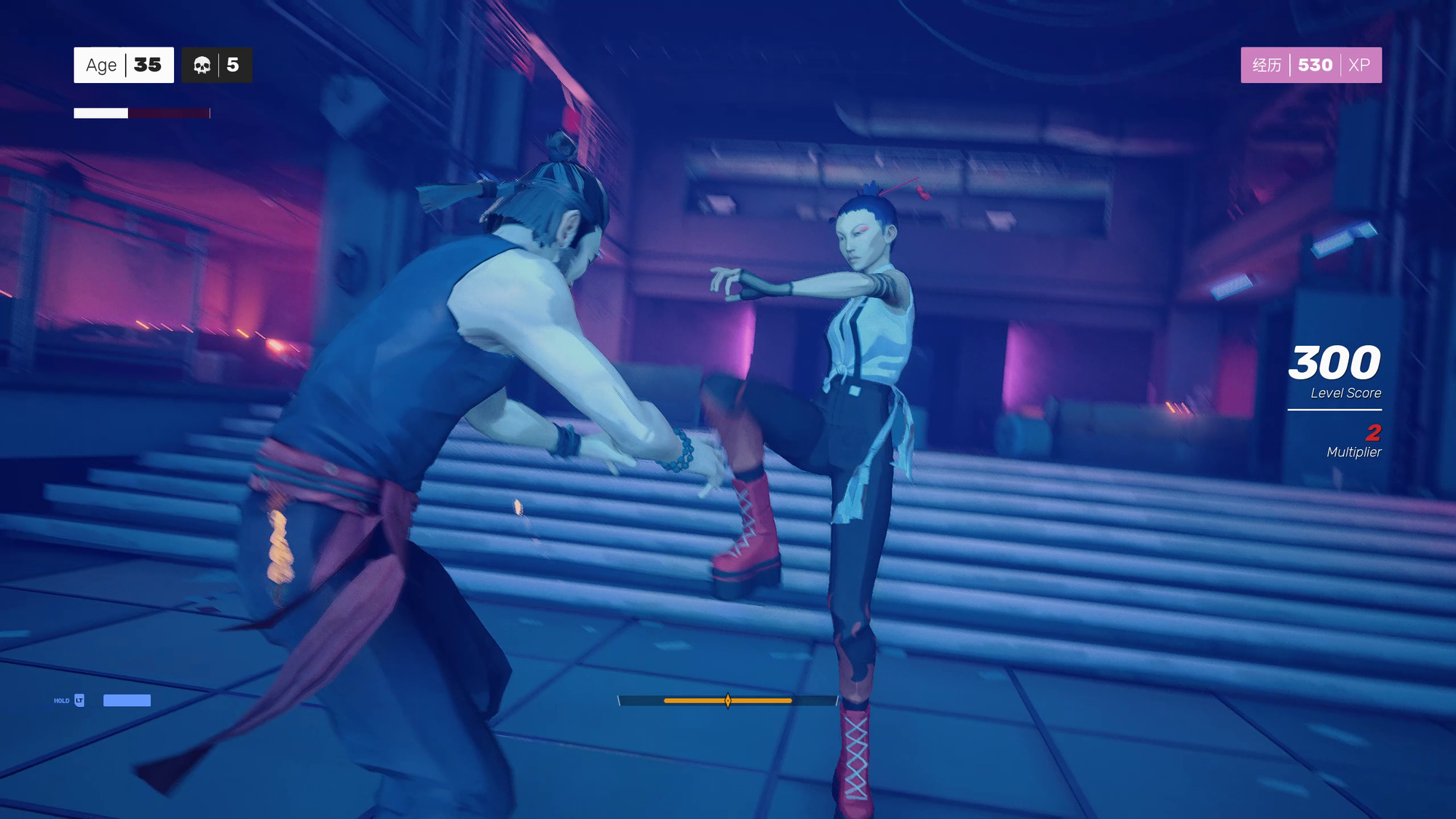
Sifu is a kung‑fu character action game that weaponizes time: each death ages you, shaving max health while increasing damage. The core loop—parry, avoid, punish—sharpens into a test of patience and rhythm as your “death counter” stacks and the years melt away. The trick is that the combat system is honest to the frame: learn the parry windows, master directional avoids, and you’ll dismantle rooms that once felt impossible. But the tension is beautiful—do you push deeper at age 64, or restart the level to preserve youth for later bosses? Sloclap explicitly designed the death/aging system to snowball if you’re sloppy and reward consistency when the timing finally clicks. It’s an elegant spin on roguelike “runs” that keeps every decision meaningful, from shrine upgrades to route choices, and teaches that mastery means doing it again—only better, older, and wiser.
12) Spelunky 2 (2020)
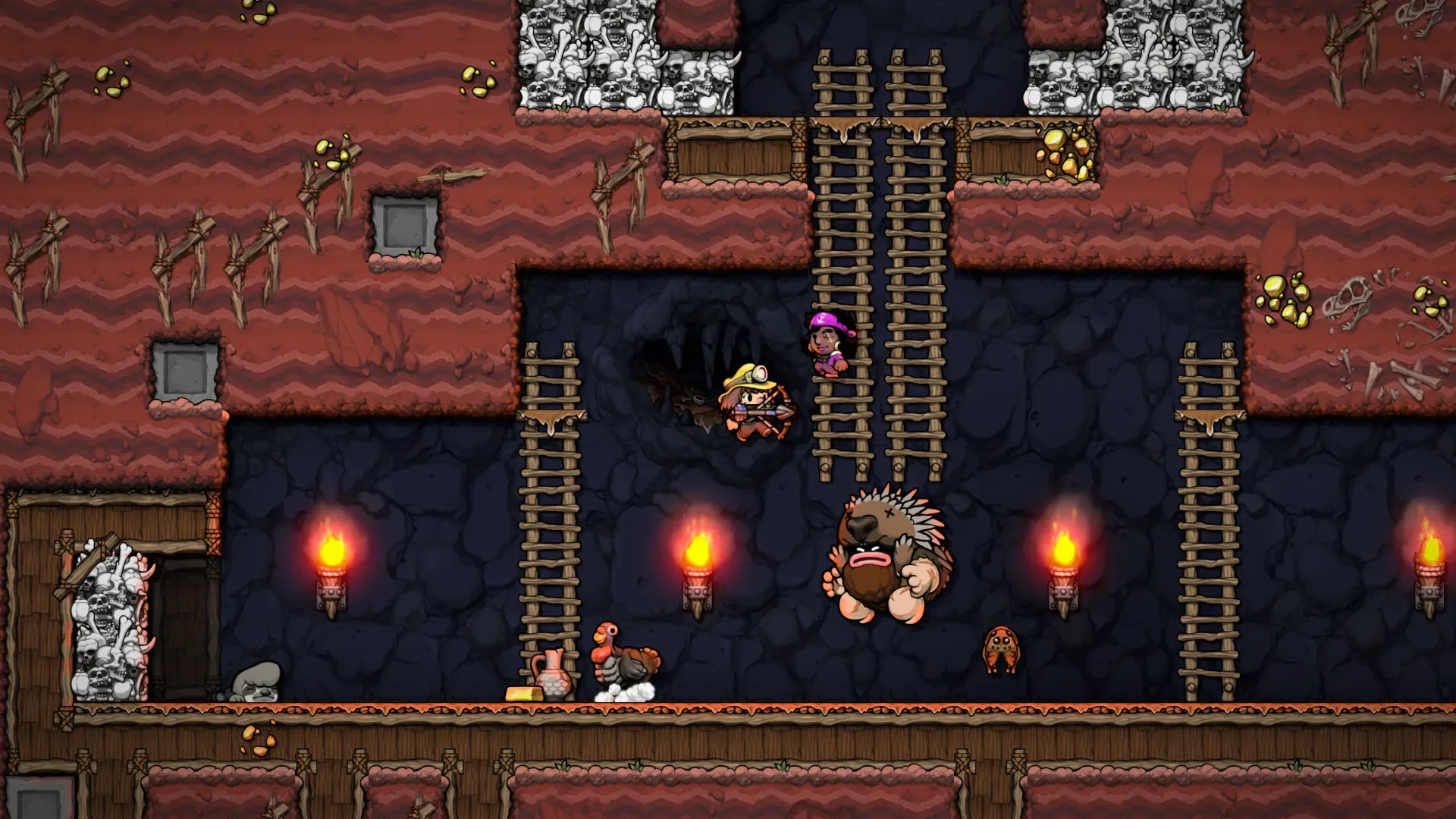
If Spelunky minted the modern roguelike platformer, Spelunky 2 refines it with new biomes, branching paths, chain‑reaction hazards, and dozens of tiny rules you can learn only the hard way. Procedural levels are more like puzzles than mazes; you plan each drop and whip, knowing one unwatched arrow trap can end a promising run. The economy—bombs, ropes, shop items—forces constant trade‑offs, while secrets and “meta routes” (hello, Cosmic Ocean) tempt you into harder challenges with bigger payoffs. Death is frequent and funny until it isn’t, but the game is scrupulously fair: most mistakes are telegraphed if your eyes are trained. Clear one personal milestone, and you’ll find two more waiting just out of reach. It’s the definitive “one more try” platformer of the last decade, dense with skill expression and discovery.
11) Returnal (2021)
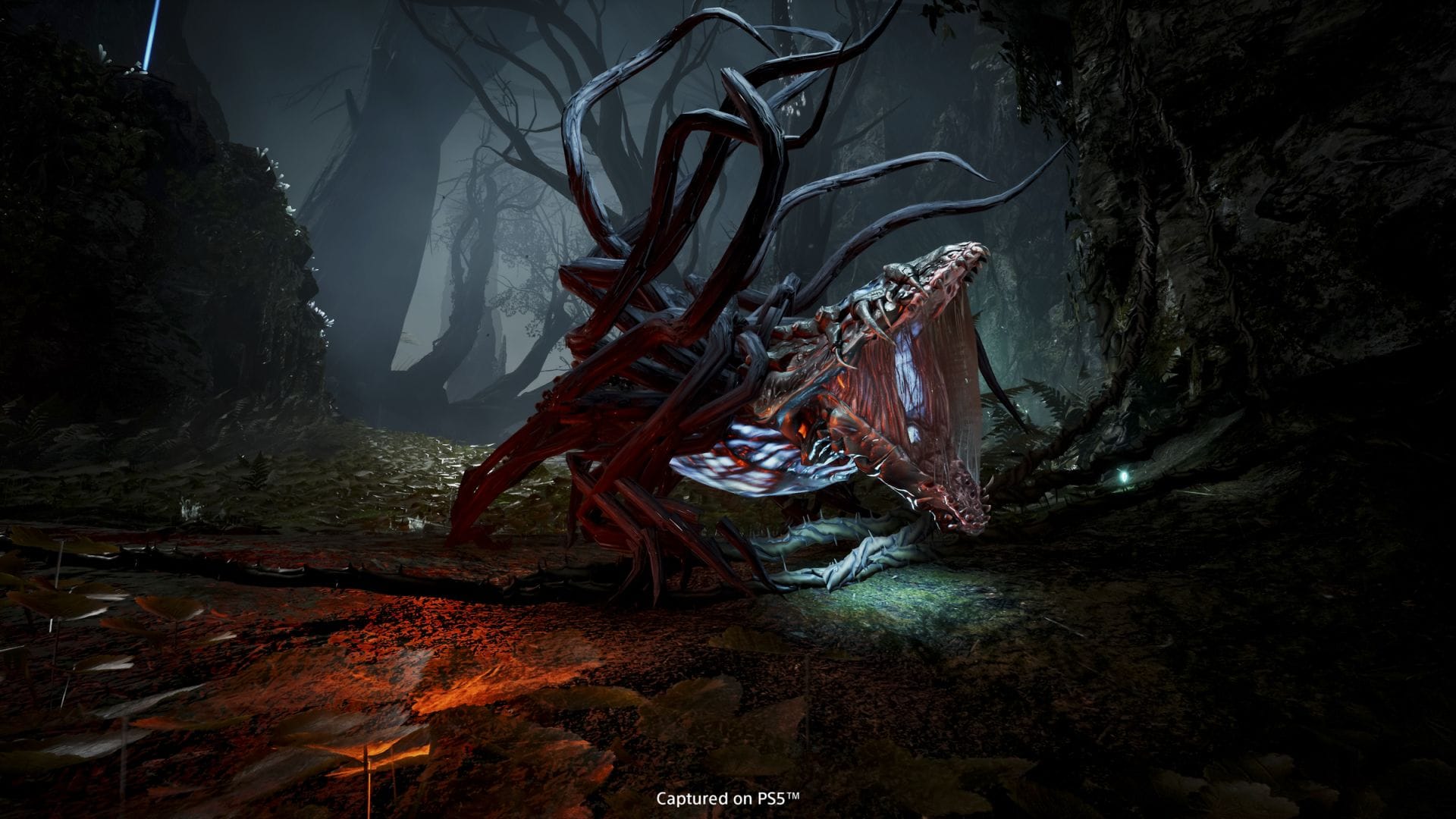
Returnal fuses third‑person shooting with bullet‑hell patterns and roguelike permanence: new biomes, new threats, and a planet that reshuffles with each death. You have to read patterns, manage adrenaline multipliers, and decide whether to risk a parasite’s drawback for its boon. It’s the rare console shooter that feels like an arcade shmup in 3D, where situational awareness and movement are as important as DPS. Runs can swing on a brilliant artifact synergy or a greedy detour that leaves you fragile before a boss—exactly the kind of high‑stakes calculus that makes every decision tense. What seals the deal is how good the language of survival feels: snap‑aims, i‑frames, alt‑fires, and a rhythm of risk and reward that turns failure into intel for the next loop across Atropos’ hostile ruins.
10) Cuphead (2017)

Behind the gorgeous 1930s rubber‑hose animation lies a boss‑rush crucible of pattern recognition and execution. Cuphead is brutally specific about where you’re standing, when you dash, what shot you’ve equipped, and which pink projectile to parry. The genius is in clarity: telegraphs are readable, phases escalate fairly, and your tools are simple enough to encourage mastery over menuing. Even brief “run‑and‑gun” stages are there to sharpen platforming fundamentals that later bosses demand. The best way to learn? Die, switch loadouts, and try a new rhythm—spread now, charge later; smoke dash through, then EX. It’s a classic run‑and‑gun design sensibility reborn with immaculate craft, and one of the few games where beating a fight can feel like beating a song you’ve practiced for hours.
9) Hollow Knight (2017)
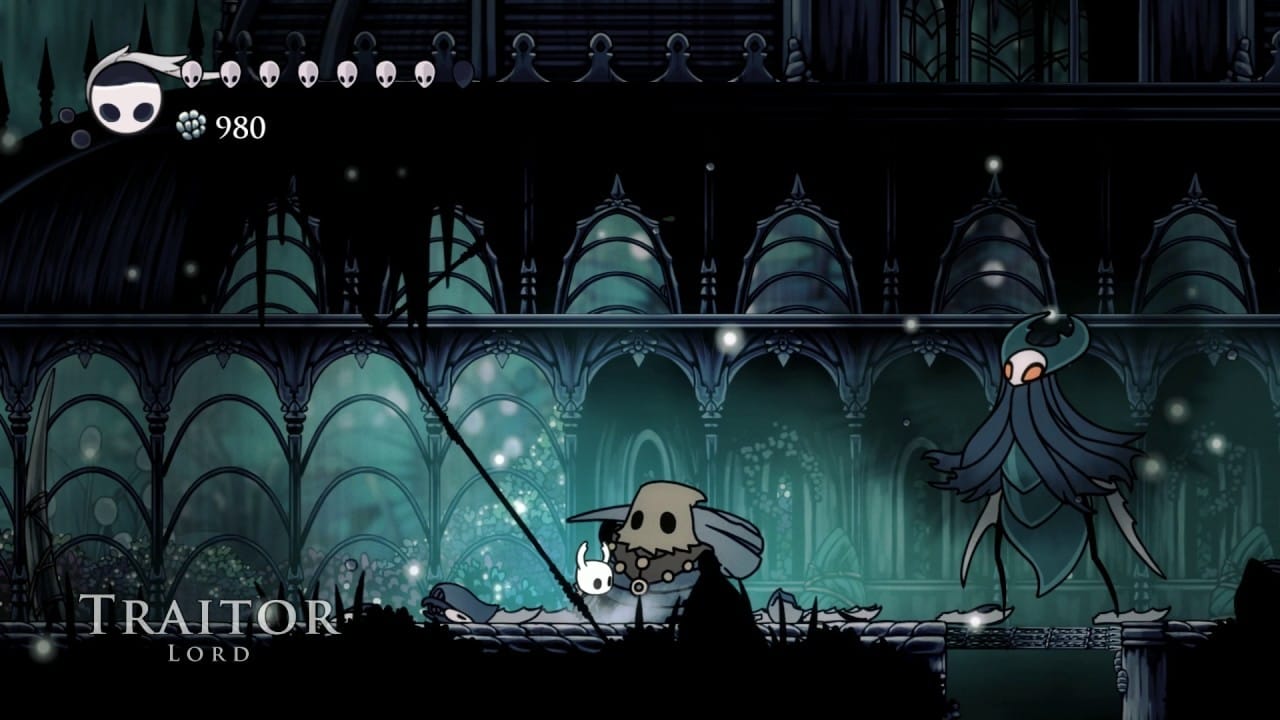
Team Cherry’s subterranean epic builds challenge in layers: a sprawling map with optional dream bosses and endgame gauntlets that quietly demand absolute control. The Godmaster content pushes that philosophy to its limit with the Pantheon of Hallownest—a marathon boss‑rush that reprises (and remixes) nearly every major fight with minimal healing and maximal focus. It’s the kind of challenge that reframes the whole game: charms you once thought “fun” become loadout essentials, pogo timing must be perfect, and even movement skills feel new under pressure. Yet nothing here is cheap; tells are consistent, and the Knight’s moveset is tight enough that the difference between near‑miss and victory is usually your execution. If you want a modern 2D action game where the optional content is the real final exam, Hallownest is waiting below.
8) Nioh 2 (2020)
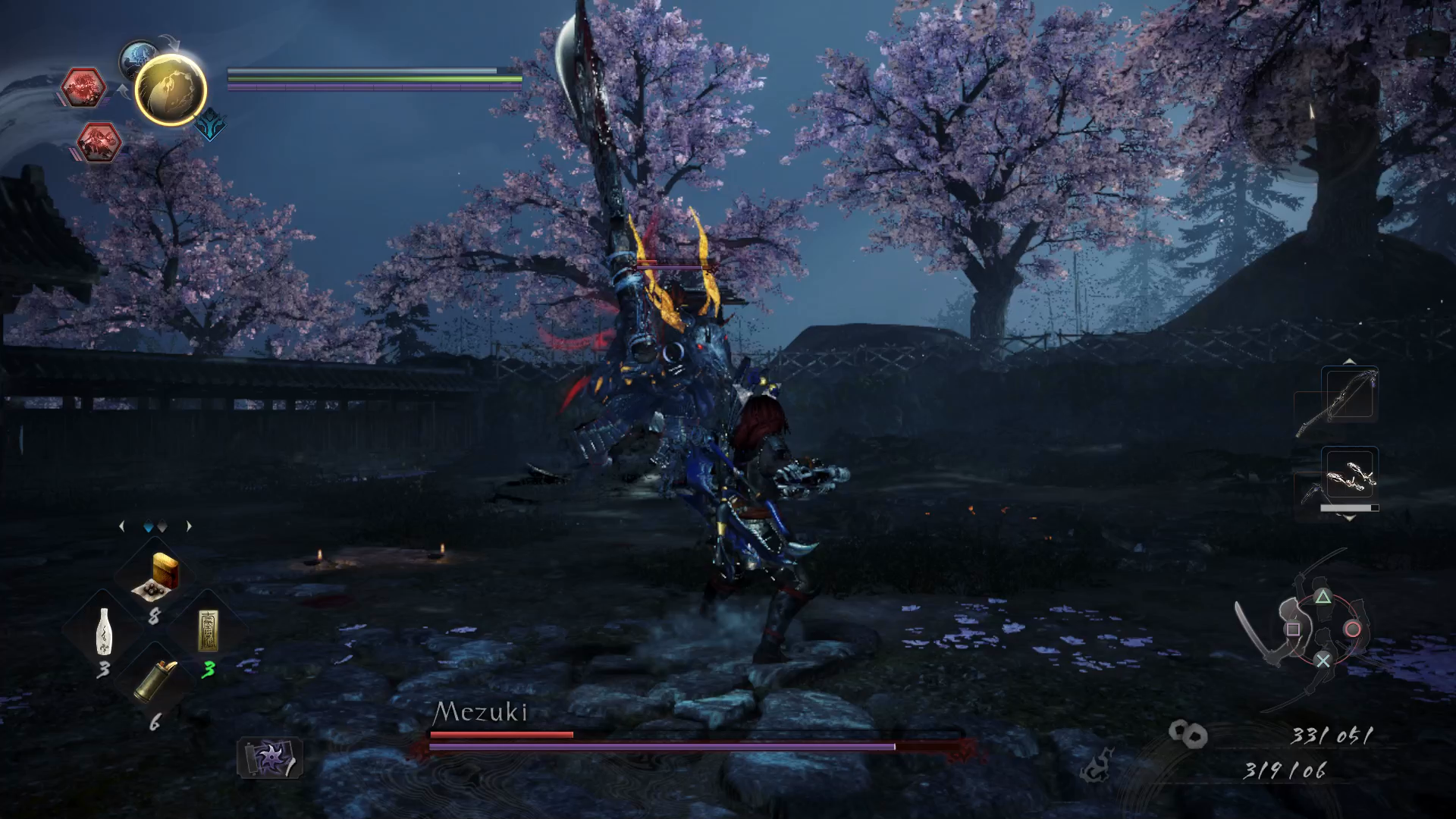
Nioh 2 is a surgeon’s Soulslike: stance‑dancing, Ki management, and a new “Burst Counter” that turns certain red‑flash enemy blows into your biggest openings—if your timing is immaculate. With expanded yokai enemies, soul‑core builds, and Yokai Shift forms, the sequel expects you to juggle more tools and read more varied movesets than ever. The upside of that complexity is freedom; the downside is that bosses will punish fuzzy inputs and greedy strings instantly. Learning when to spend Anima on a counter, when to pulse Ki, and how to route a fight through stances is the difference between “wall” and “waltz.” It’s demanding, expressive, and relentlessly systems‑forward—the kind of combat sandbox that rewards lab work as much as reflexes.
7) DOOM Eternal (2020)

An FPS about speed and violence, yes—but also about ruthless resource math. DOOM Eternal forces you to cycle weapons, toss grenades, and juggle mobility tools in a “combat puzzle” whose solution is always forward aggression. Enemies are counters to your habits; the more you turtle, the faster the arena caves in. The design nudges you to swap constantly—precision bolts for weak points, ballista into super shotgun, then blood punch and repeat—turning fights into a flow state of inputs and reads. The moment you’re static, you’re dead. The brilliance is that this intensity scales: on normal, the design principles teach; on higher difficulties, they become mandatory. It’s a masterclass in making players play the intended game without ever taking options away—and when it clicks, the brutality feels like choreography.
6) Noita (2020)

Every run of Noita is a chemistry set with a short fuse. You’re a fragile mage in a world where materials and reactions behave (dangerously) like you’d expect: water douses fire until it flash‑boils into steam; toxic sludge drips into pools you were planning to swim; a stray spark turns a cave into a kiln. The wand‑crafting system offers terrifying power and self‑inflicted catastrophe in equal measure, and permadeath means lessons are written in ashes. PC Gamer captured it: this roguelike is brilliant because it’s not easy, or perfectly “fair”—it’s a cascade of emergent cause‑and‑effect that rewards caution, curiosity, and deep system literacy. Many runs end in seconds; the ones that don’t become stories. If you want a game where “I got Noita’d” is both a curse and a badge, light the fuse.
5) Ikaruga (2001, arcade; later on consoles)

The legend that turned bullet‑hell into a logic puzzle. Ikaruga’s polarity system makes every pattern a dual‑state problem: white ship absorbs white bullets (charging your special), black absorbs black; fire opposite‑color shots to deal extra damage, but switch too late and die. Absorbing chains of the same color fuels score and survivability, so the optimal play often looks suicidal—threading dense curtains, flipping at the last frame, and letting a sea of “friendly” bullets wash over you while you line up the kill. It’s five short stages and a lifetime of practice, with two‑player mode adding coordination to the calculus. Few games have been called “hard” as often as Ikaruga, and fewer earn it with such crisp, teachable rules. Treasure’s polarity dance still feels singular more than twenty years on.
4) Dark Souls III (2016)

The capstone of a trilogy that taught modern games how to challenge without condescension. Dark Souls III is faster and more aggressive than its predecessors but keeps the series’ core bargain: learn the moves, read the space, respect your stamina, and you’ll carve a path through Lothric’s ash‑blown cathedrals. Bosses escalate toward balletic cruelty, and level design funnels you into traps that seem unfair until your second approach reveals the tell. That feeling—“I beat it because I got better”—is the franchise’s magic trick, and the third entry refines it into a potent, interconnected pilgrimage. It’s also a cultural touchstone: the combat language here has become the lexicon for nearly every action RPG released since. If you want a modern baseline for “hard but generous,” start here—then circle back to see where it all began.
3) Bloodborne (2015)
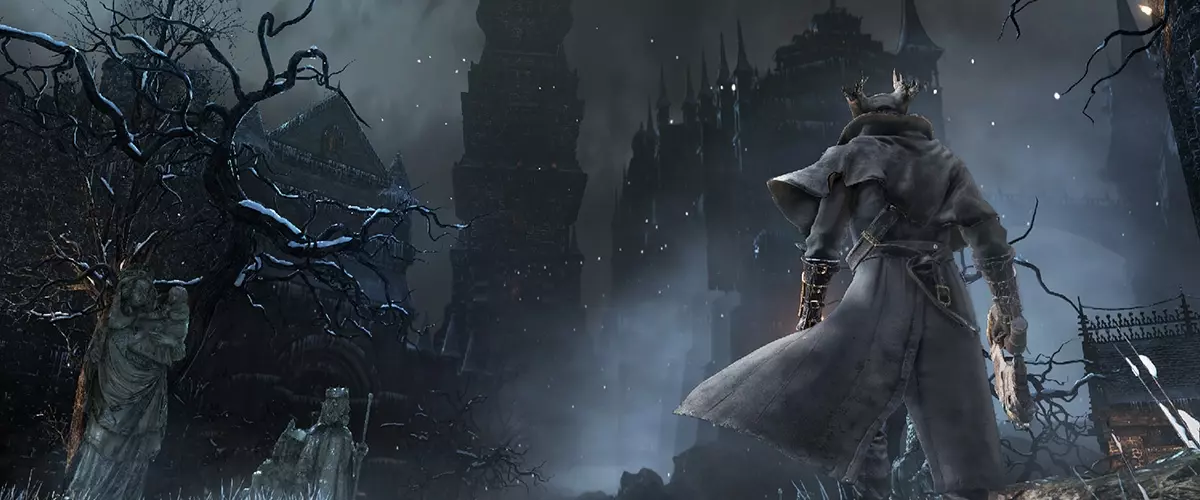
Bloodborne asks you to stop hiding behind shields and hunt. Its combat design rewards proactive, up‑close play: get hit, strike back quickly to “regain” lost health; hesitate, and Yharnam’s beasts will maul you. Enemies are faster and more numerous than in earlier Souls games, transforming boss arenas into frantic duels where positioning and nerve trump turtling. That systemic push—paired with trick weapons that morph mid‑combo—creates an unmistakable tempo: aggressive, risky, intoxicating. The world design amplifies the pressure with tight sightlines and looping shortcuts that lure you one alley deeper than is wise. The result is a game that feels harsh but coherent: when you die, you usually know why. Learning to embrace that aggression is the key that unlocks some of FromSoftware’s most beloved encounters.
2) Sekiro: Shadows Die Twice (2019)
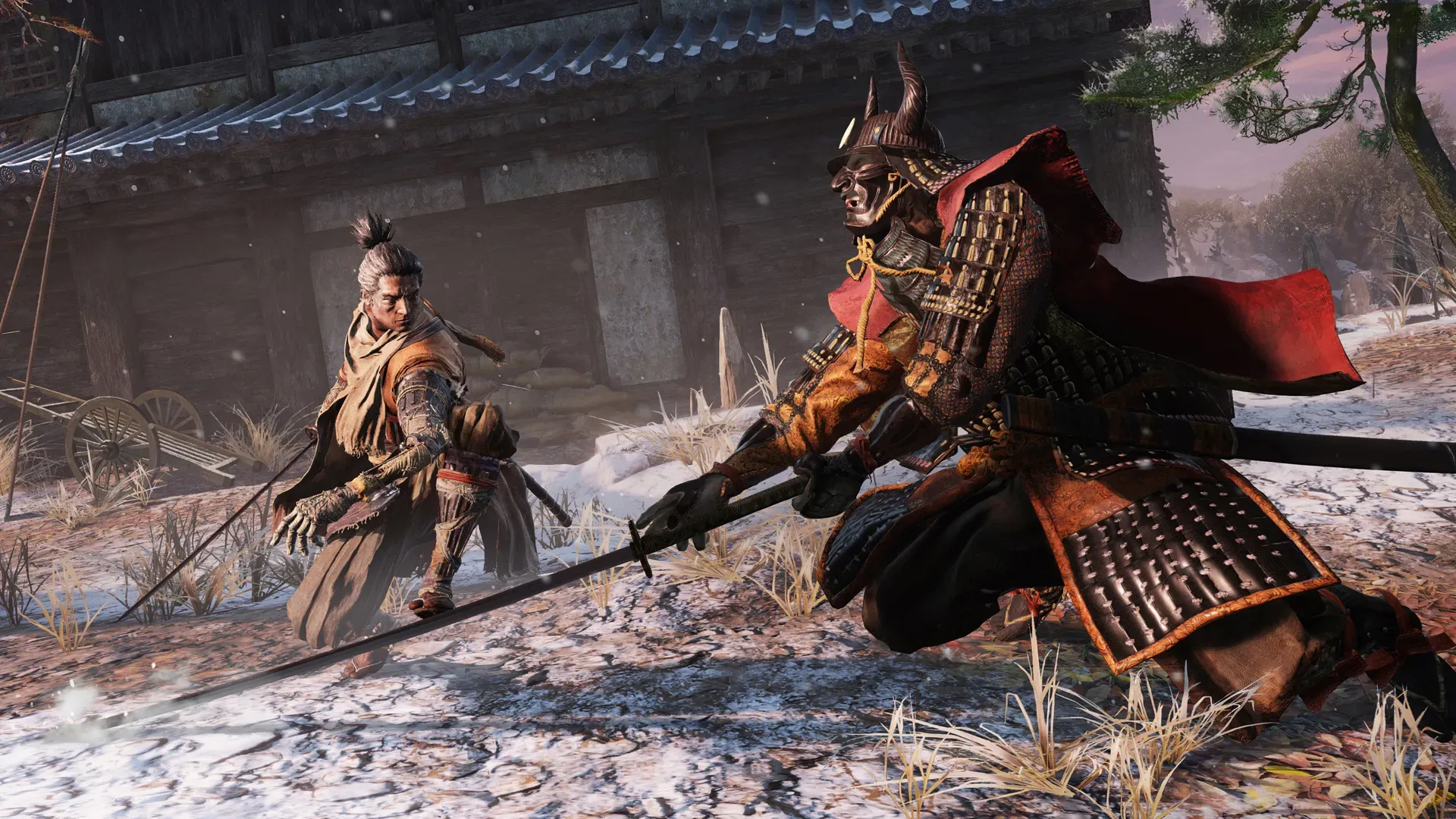
No build crutches, no summons—just a sword, your timing, and a posture bar that doesn’t care how much damage you do if you can’t deflect. Sekiro reimagines difficulty as discipline: stay in the pocket, match the rhythm, and turn an enemy’s offense into your offense. Where Souls games often allow you to overlevel or kite, Sekiro demands you learn—parries, jump‑counters, spacing, and perfect‑timed finishers—and rewards mastery with impossibly slick duels. Stealth and gadgets widen your options, but bosses are the real tests, turning your fundamentals inside out until you meet their tempo. It’s punishing, yes, but also intensely legible: one more attempt is always one step closer to the eureka of a clean deflect chain and the thwack of a broken posture. Few action games make personal improvement feel this tangible.
1) Elden Ring (2022)

The open‑world Soulslike shouldn’t be this hard—or this inviting. Elden Ring spreads FromSoftware’s demanding combat across a landscape of colossal dungeons, roaming minibosses, and secrets that constantly rearm your curiosity. Its trick is freedom: when a fight walls you, you can detour to discover a spirit ash, talisman, or weapon art that reshapes the matchup. But the bosses remain uncompromising tests of spacing, resource management, and pattern recognition, and late‑game gauntlets serve up some of From’s most technical duels ever. The difficulty lands differently because the world respects your time: you choose when to seek pain and when to explore. That balance—brutality with agency—helped turn Elden Ring into a phenomenon and a high‑water mark for skill‑based design. It is, simply, the biggest and best expression of this kind of challenge to date.





